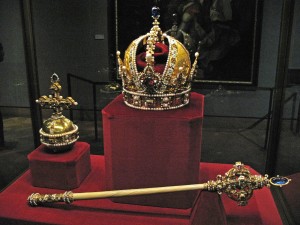Platform 9 3/4 is a platform at the King’s Cross underground station featured in the Harry Potter movies as the barrier between muggle platforms nine and ten. This is the platform where students in the movies would board the Hogwarts Express train to take them to the School of Witchcraft and Wizardry itself. Today fans can visit the platform at the station and take a picture with the set up, as I had to do of course being a fan myself.
I did not know much about where any of the Harry Potter movies were filmed prior to visiting London. I had planned on attending Warner Brother’s Harry Potter studio tour before arriving there, but I did not realize how many different real places were also used in the movies and how many references are all over London.
Visiting Platform 9 3/4 and taking a picture as if I were on my way to Hogwarts was a very neat experience for a big Harry Potter fan like myself. I visited Warner Brother’s Studio and it was very exciting to see so many actual sets and props from the movies. I also really enjoyed seeing on-site locations from the movies such as “Diagon Alley” in Tower Hill and the infirmary at The Divinity School at Oxford University. It is amazing to me how the Harry Potter culture is such a phenomenon and how it has truly spread not only throughout England, but the entire world. There were people taking studio tours and visiting Platform 9 3/4 from all over the world and it is amazing to see how the fictional stories of a young wizard can bring so many different cultures together.






